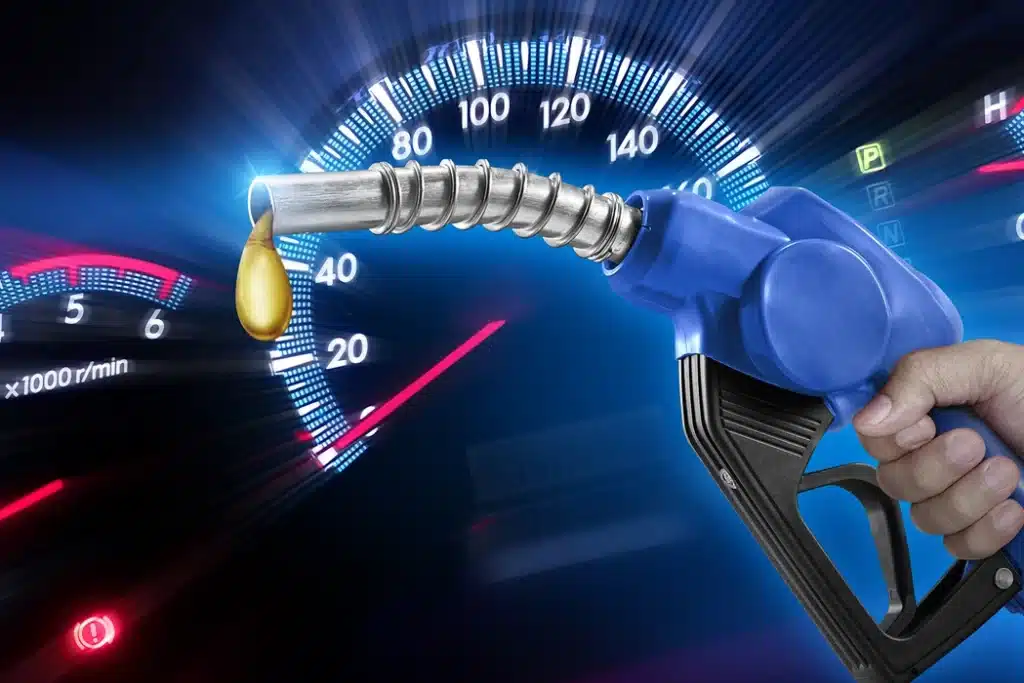In our last discussion, we explored some exciting developments in telematics—a technology that’s changing the way vehicles operate and interact. We saw how it’s making self-driving cars smarter and helping manage fleets of electric vehicles more efficiently.
Telematics systems help keep tabs on a car’s health, optimize travel routes to save energy, and improve safety by helping vehicles to better communicate with each other, and navigate traffic systems to save time and money.
But that’s just the beginning. In this post, we’ll look at how telematics is influencing broader changes across whole transportation systems, contributing to smarter cities and helping us move towards greener, more sustainable ways to travel. Join us as we examine how this technology is not just about making individual vehicles better but transforming the entire landscape of transportation.
How is Telematics Being Used in Smart Traffic Management and Urban Planning?
Telematics is essential in developing smart cities, especially in traffic management and urban planning, by:
- Streamlining traffic flow
- Reducing congestion
- Minimizing environmental impact
Telematics technology enables real-time monitoring and management of traffic conditions. For example, it can adjust traffic signal timings based on current traffic data, easing congestion during peak hours and reducing idle times at red lights.
Moreover, telematics aids urban planners in analyzing transportation data to make better decisions about future infrastructure projects. By understanding traffic patterns and vehicle behaviors, planners can identify areas where new roads or improvements are needed and can plan more effectively for public transportation systems and pedestrian pathways.
Which Cities are Integrating Telematics for Better Utility Management?
Several cities around the world have successfully integrated telematics to enhance utility management and urban efficiency. For example:
- Singapore uses telematics to manage its public transportation fleet by monitoring bus and train locations and adjusting schedules in real time.
- Barcelona has implemented a telematics system for waste management. Sensors in waste containers monitor fill levels, and collection routes are optimized based on this data, ensuring that trucks only visit full containers, thus saving fuel and reducing emissions.
- Copenhagen uses telematics to improve its bicycle-sharing system. Data collected from GPS-equipped bikes informs city planners about popular routes and bike rack locations that require expansion or improvements.
These examples demonstrate the potential of telematics to transform urban environments into smarter, more sustainable cities. By harnessing the power of real-time data, cities can not only improve traffic and utility management but also enhance the quality of life for their residents.

What Role Does Telematics Play in Predictive Analytics for Vehicle Maintenance?
Telematics has transformed vehicle maintenance from a reactive to a proactive and predictive approach. By utilizing the vast amount of data gathered from vehicle sensors, telematics systems can analyze patterns and predict when a vehicle might require maintenance before a breakdown occurs. This predictive analysis is based on various factors, including mileage, engine performance, driving behaviors, and even historical maintenance data of similar vehicles.
For instance, telematics can monitor engine performance indicators like oil temperature, fuel consumption, and emission levels. Using this data, algorithms assess the likelihood of potential failures or the need for part replacements, alerting fleet managers to perform maintenance checks at optimal times. This ensures that vehicles are always running at peak efficiency and prevents minor issues from developing into major repairs.
How Does Predictive Maintenance Impact Downtime Reduction and Life Cycle Management?
Overall, the integration of telematics into predictive maintenance strategies offers a smarter way to manage fleet operations:
Downtime Reduction: One of the most significant advantages of predictive maintenance facilitated by telematics is the substantial reduction in vehicle downtime. By scheduling maintenance only when necessary, and before emergencies occur, fleets can avoid unexpected breakdowns that lead to costly delays and disruptions. This not only keeps all vehicles operational but also ensures they are available when needed most, improving the overall reliability of the fleet.
Life Cycle Management: Predictive maintenance also plays a crucial role in extending the life cycle of fleet vehicles. Regular, data-driven maintenance helps keep vehicles in optimal condition, reducing the wear and tear that can shorten their operational lifespan. This approach to maintenance helps fleet managers make informed decisions about when to retire vehicles, invest in new ones, or overhaul existing equipment, which can lead to significant cost savings over time.

What Are the Benefits in Cost Reduction, Enhanced Safety, and Environmental Impact?
Cost Reduction: Telematics helps reduce operational costs in several ways. First, optimized routing saves fuel by reducing unnecessary mileage. Second, telematics systems can monitor vehicle health in real-time, alerting managers to maintenance needs before they become costly repairs. Also, improved scheduling can reduce overtime costs and ensure more efficient use of resources.
Enhanced Safety: The safety benefits of telematics are substantial. By monitoring driving behaviors such as speed, braking, and cornering, telematics systems can help identify risky driving habits and provide data for targeted driver training. Additionally, features like automated emergency calling and vehicle tracking enhance the security of the fleet and the safety of its drivers.
Environmental Impact: Telematics also contributes to environmental sustainability. More efficient routing and reduced idle times lower the amount of fuel used, which in turn decreases the fleet’s overall carbon footprint. Furthermore, better maintenance tracking ensures that vehicles operate at peak efficiency, emitting fewer pollutants.
Final Thoughts
Telematics’ integration into daily operations and strategic planning showcases its invaluable role in creating a more connected and efficient transportation landscape. As technology evolves, the scope of telematics is set to expand even further, continuing to influence how we manage and interact with transportation systems.
Looking ahead, our next blog post will shift focus towards an equally critical aspect of modern transportation technology: cybersecurity and data privacy. As telematics systems become increasingly integrated into transportation infrastructures, protecting the vast amounts of data they generate and ensuring system security against cyber threats are paramount.
Join us as we continue to navigate the complex yet fascinating world of transportation technology.








































